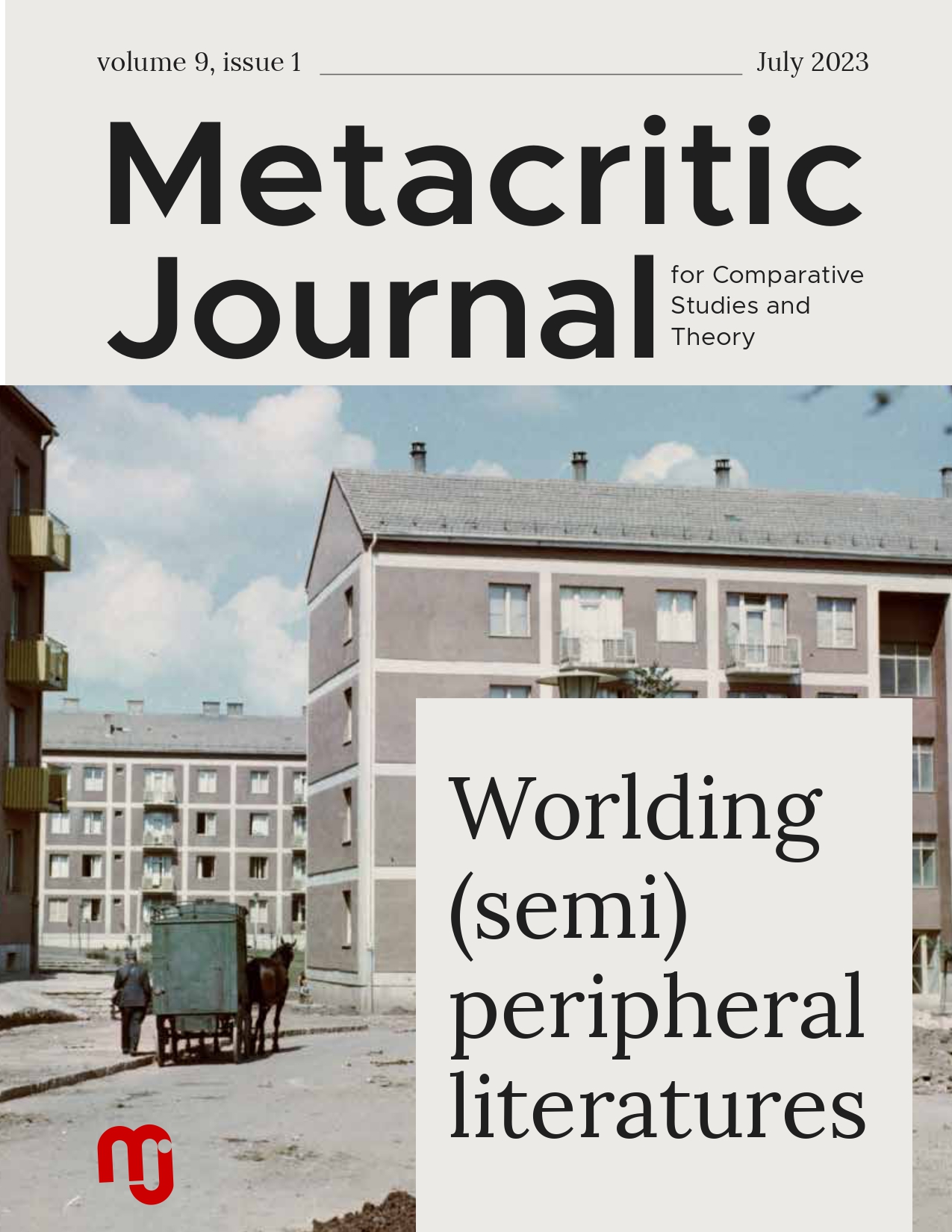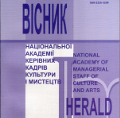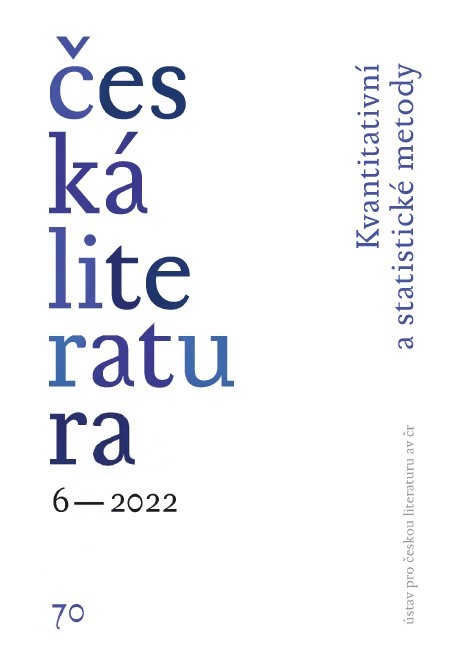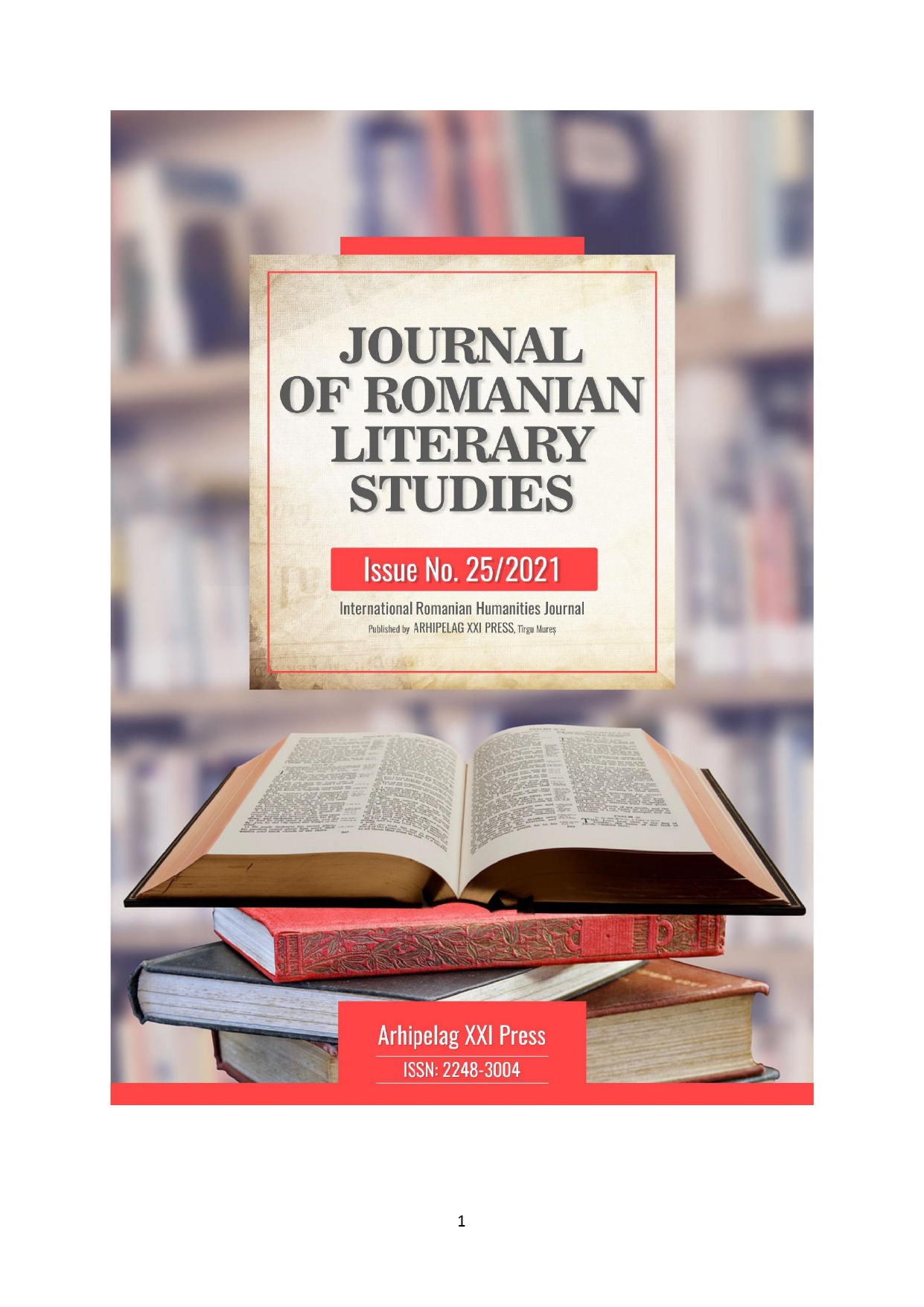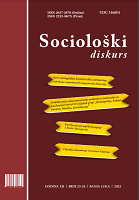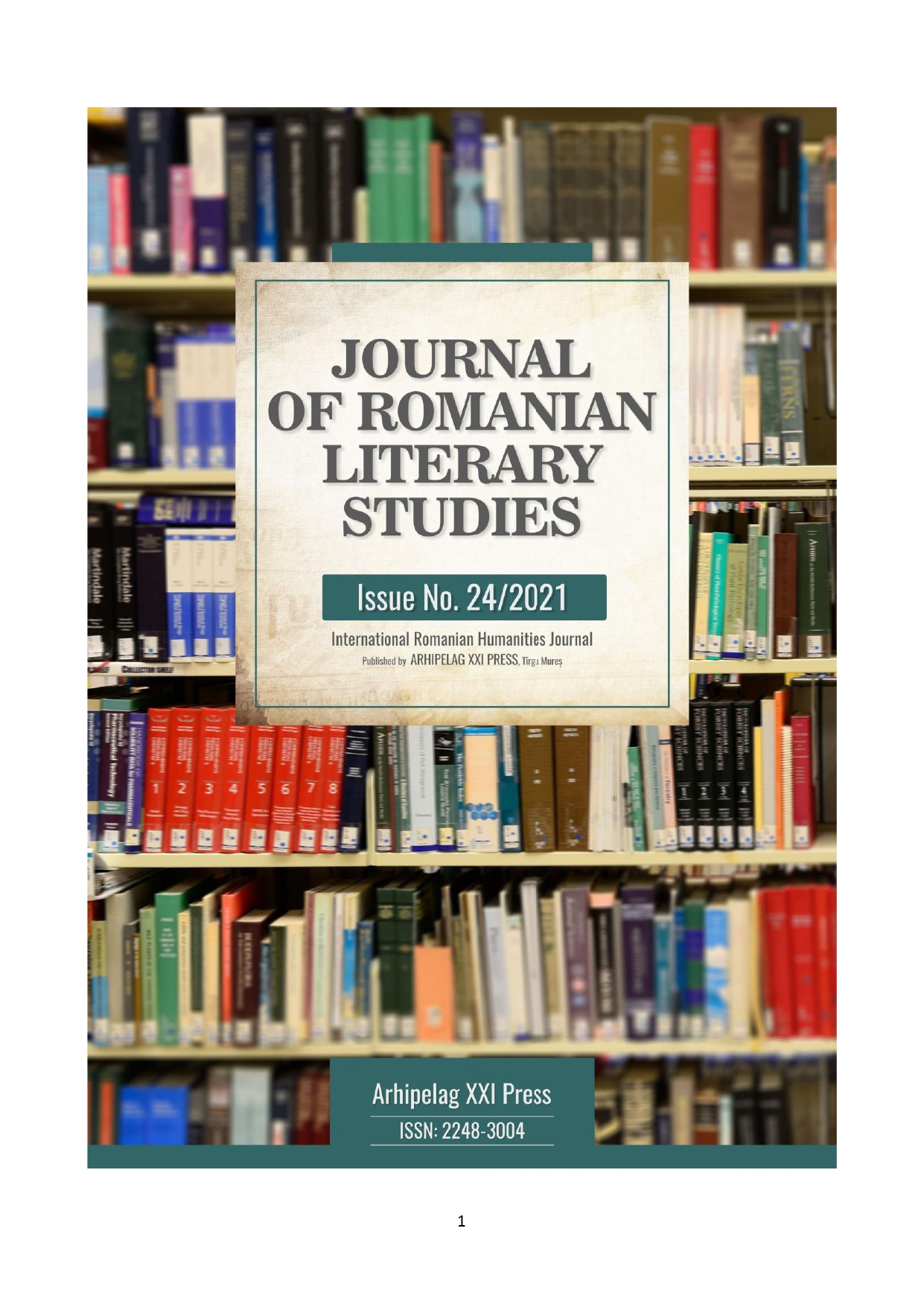
ELEMENTS OF BOVARISM IN MIDDLEMARCH
This paper attempts to examine the reading habits of George Eliot’s Dorothea Brooke, one of the main characters in Middlemarch (1871-72), who takes after Flaubert’s Emma Bovary as she inserts herself in the fictional realm of her readings and builds a gap between ideal and trivial versions of a suitor. Reading becomes the raison d’être of the two British and French female characters, setting them apart from their fictional siblings and delivering them to the public as heroines provided with an aesthetic penchant for literature. Throughout the novels, both Flaubert and Eliot address the issue of women’s troubling engagement with fiction and superficial chances at formal education and access to books. With their eyes feasting upon the written word, women readers begin to over-identify with the narrative constructs they devour with intellectual insatiability. They are at the mercy of day dreams induced by poorly assimilated reading matter. Such anxieties governed not only the surface-realm of Middlemarch, but also the mindset of the Victorian society at large. Thus, this paper considers Dorothea Brooke and Emma Bovary’s reading or, rather, misreading. Both shape their lives according to what they read – the first is a pursuer of knowledge and desires to attain a classical education; the second is preoccupied with the lives of romantic heroines. Dorothea is interested in serious, “elite” literature; Emma is fond of “shlock” prose. The yawning gap between kitsch and its counterpart differentiates the two females’ acts of reading.
More...
